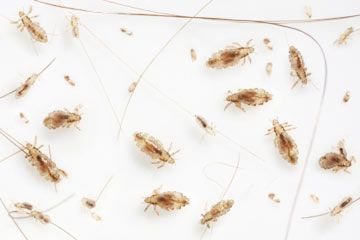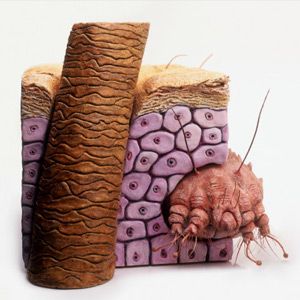In 2002, baseball pitcher Billy Koch was at the top of his game. Playing for the Oakland Athletics, his game-winning fastball could top 100 miles per hour (161 kilometers per hour). It's no wonder predictions of his continued future as a major league player grew louder and louder. Until Koch came up against a nearly invisible opponent, that is.
Just as his career seemed certain to catapult him to fame, Koch began losing sleep over twitching muscles. Then, small multi-colored wires seemed to ooze from sores on his skin. He went to doctors, who either dismissed the unsettling symptoms or offered only temporary solutions. After two years of battling the slow-healing sores and never-ending fibers, Koch was forced to hang up his baseball cap. He was only 29 years old [source: Fowler].
Advertisement
Koch's health concerns may sound more like science-fiction than science, but there are growing numbers of people in the United States who claim to have bugs crawling under their skin and wiry fibers sprouting from their bodies. They call the condition Morgellons Disease, and it's been blamed on everything from nanotechnology to nematodes. So far, no one has been able to explain its cause or even how to treat it.
Morgellons, also referred to as unexplained dermopathy or fiber disease, is a collection of symptoms that primarily involve the skin. People who have been affected report the sensation of bugs crawling, stinging or burrowing under the skin. Fibers -- single or multi-colored stiff threads -- or black granules are also reportedly found on or beneath the skin [source: CDC]. An array of other symptoms -- such as forgetfulness, aching joints or chronic fatigue -- also go hand-in-hand with Morgellons. What's more, there are those who believe the disease isn't a physical malady at all. Could the physical signs of Morgellons really be caused by mental illness?
Up first, we'll take a look at how Morgellons came to be in the spotlight.
Advertisement



